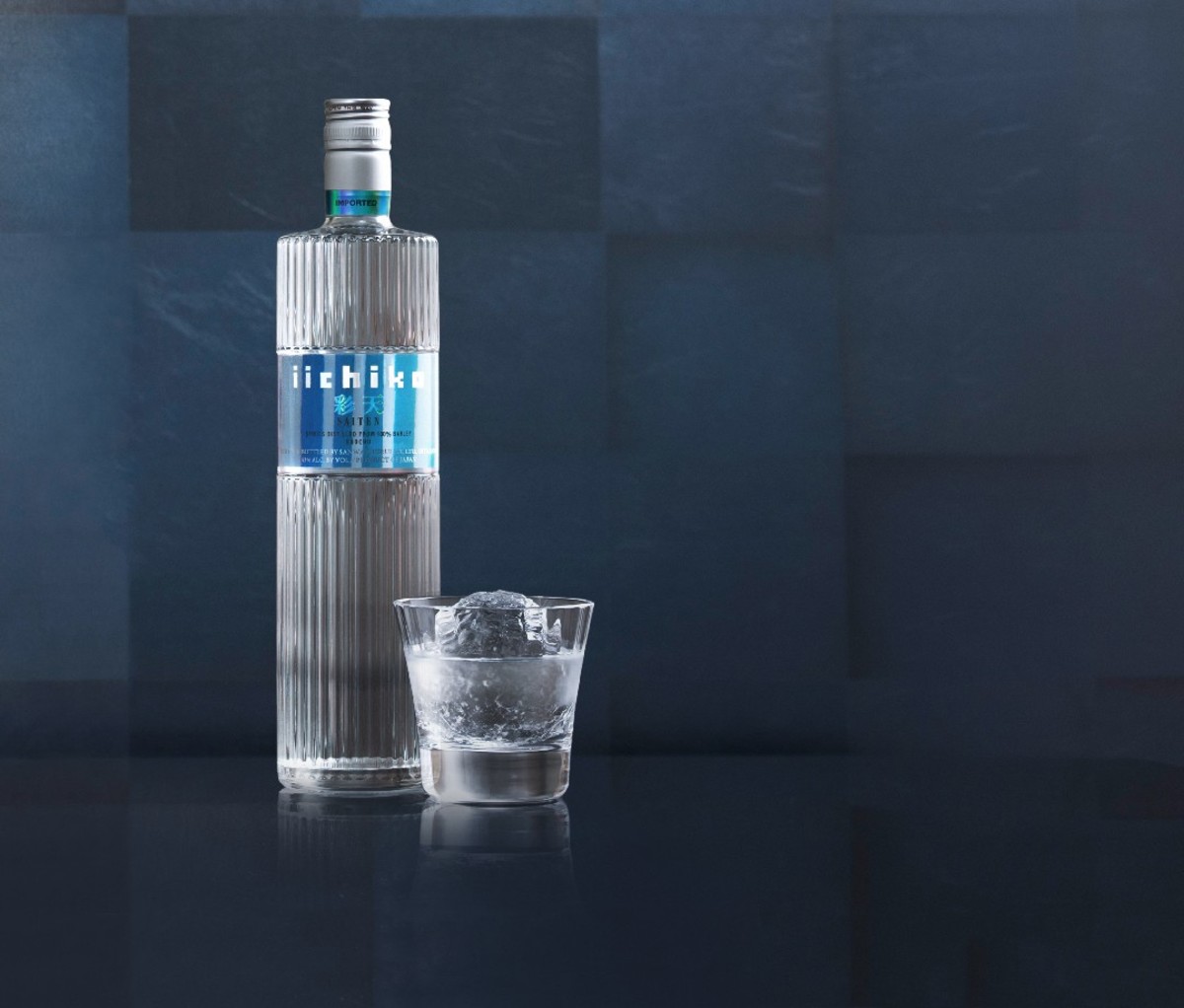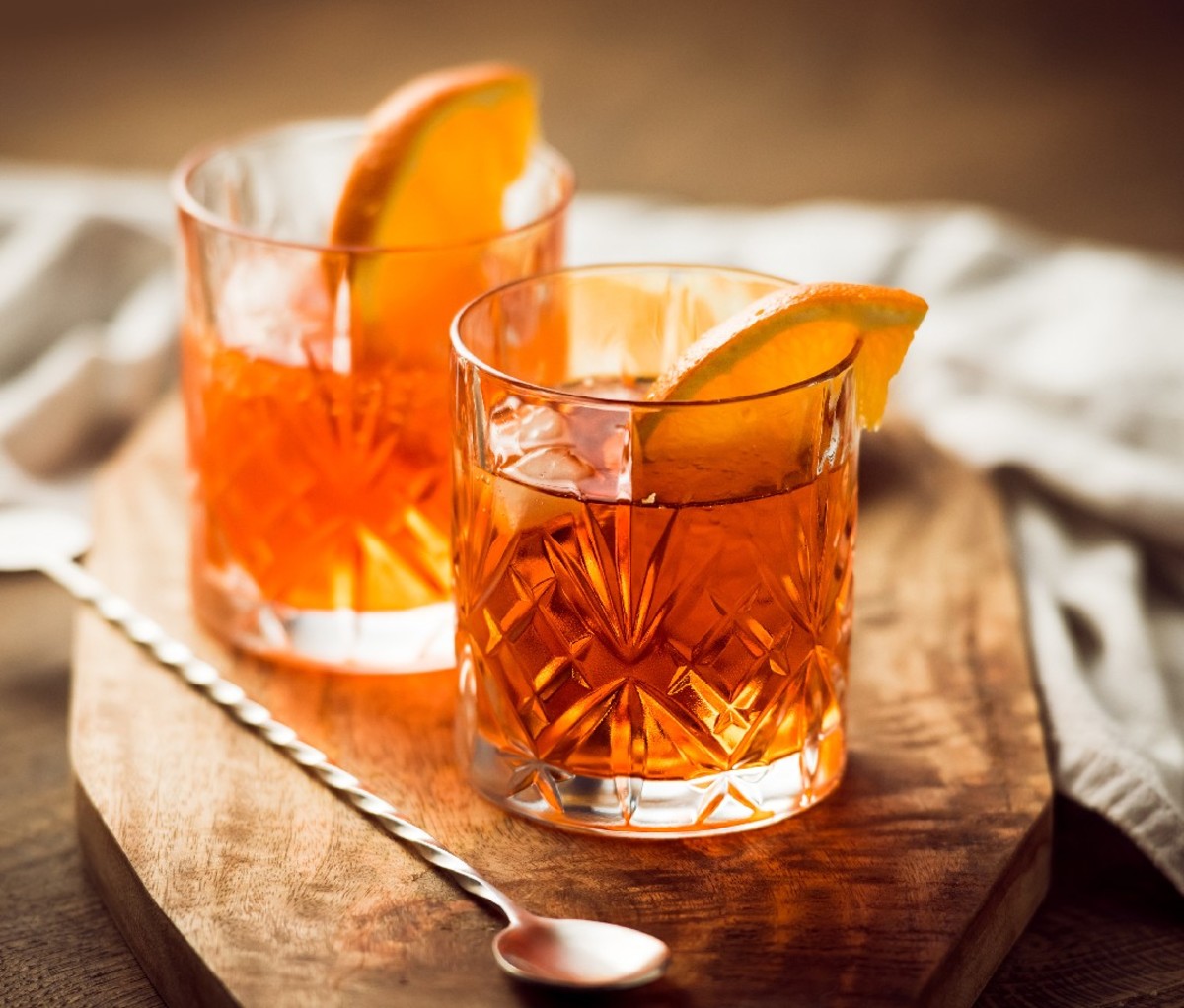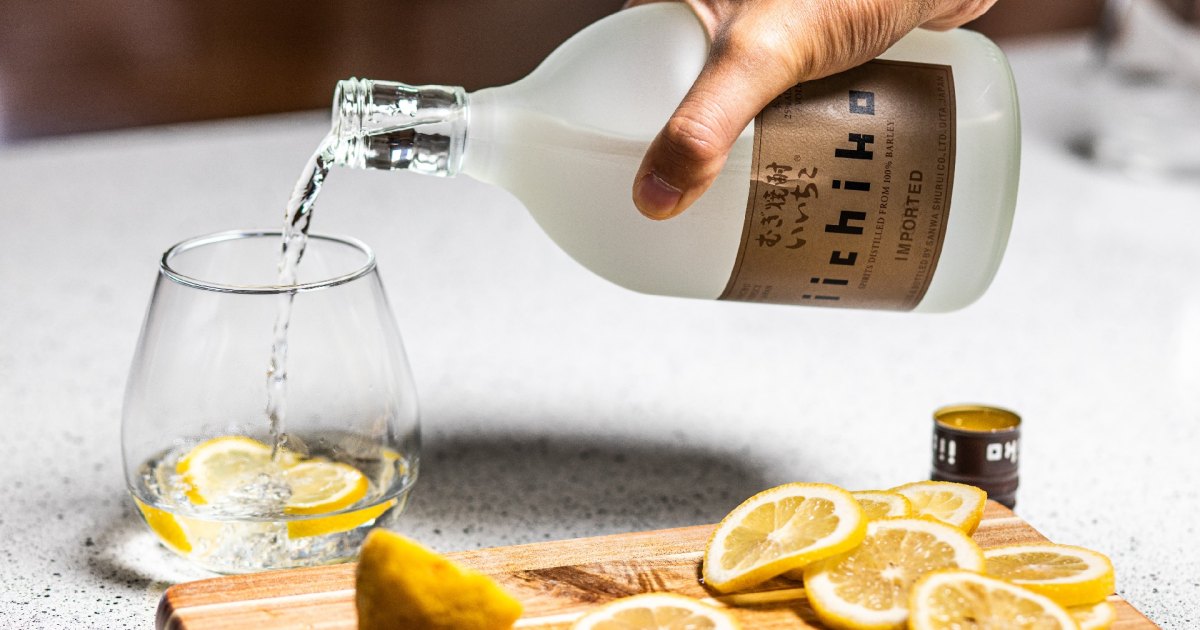No products in the cart.
Fitness Tips
How to Drink Shochu, the Japanese Spirit More Popular Than Sake
You’ve been pairing sake with your spicy tuna rolls for years and adding Japanese whisky to your rotation as of late since its booming popularity, but there’s one Japanese liquor that still remains mostly undiscovered stateside: shochu. This spirit is so beloved in Japan that it’s known as the country’s native spirit and even trumps sake in popularity.
You could think of shochu as a relative of vodka, albeit a distant one. This centuries-old spirit boasts a robust flavor profile, and some expressions, like Saiten from iichiko, a leading maker of premium shochu with U.S. distribution, have a bit of a umami flavor that pairs nicely with savory, rich dishes and citrus cocktails, too.
In a nutshell, shochu is a clear, white spirit that’s distilled from vegetables and grains like barley, sweet potato, and rice, explains Tetsuro Miyazaki, the general manager of iichiko USA.
“It offers an incredibly rich flavor while also remaining very light with a smooth finish,” Miyazaki says.
But it’s funky, too: A fermentation process involves earthy and sweet koji, considered Japan’s national mold. Here in the U.S., James Beard award-winning Chef Sean Brock has tapped into the culinary potential of koji, experimenting with it in hot sauces and beer.
Bartenders familiar with shochu appreciate its range.
“It can be consumed neat, on the rocks, with a touch of hot water to enhance the aroma, in a simple highball, or as the backbone of a low-alcohol cocktail,” says Branden Fugate, beverage director at Tender Mercy in Dayton, Ohio, who, a few years back, was introduced to the world of shochu at a tasting in the home of a Japanese consulate.
Here’s an introduction to shochu, the Japanese liquor that could very well start trending stateside—as well as some bottles to add to your bar cart and a cocktail recipe to experiment with as you’re getting to know this complex spirit.
How shochu is made—and how it differs from sake
The biggest difference when it comes to Japan’s popular spirits is that shochu is distilled, whereas sake’s classified as a fermented beverage, Miyazaki says.
Since many people confuse the two spirits, you can think of it this way: Beer is to whisky what sake is to shochu, says Paul Nakayama, who, with his wife, Mai, owns Nankai Shochu, a premium spirit from the Japanese Island of Amam.
Genuine shochu is unique against all other spirits in the world because it’s single-distilled, all-natural, and fermented by koji, the Japanese mold varietal that’s also responsible for making soy sauce and miso, Nakayama says.
“Its production method results in a spirit that tastes deliciously unlike anything else,” Nakayama says.
Most spirits clock in around 40 percent ABV. Shochu typically ranges between 25 to 43 percent, meaning some expressions serve as less boozy alternatives. For an additional reference point, sake’s ABV is around 15 percent.
What does shochu taste like?
Because it’s single distilled, shochu represents the flavors of the source ingredients and has a true sense of terroir, Nakayama says. But, different ingredient types will yield different profiles and spirits experts have a diverse set of tasting notes.
For Nakayama, barley shochu will be mild and slightly sweet; sweet potato shochu can be rich, fruity, and earthy; and black sugar (Kokuto) shochu from Amami is light with strong tropical fruit notes.
Meanwhile, James “KP” Sykes, co-owner of The Armory in Brooklyn, says sweet potato shochu can deliver an intense level of herbal tones, caramel, and sometimes butterscotch on the first sip; and you might be able to pick up more subtle notes of vanilla, chocolate and peanut brittle in barley-based shochu.

With 43 percent ABV, iichiko Saiten is on the strong side for shochu. Courtesy of iichiko
3 bottles of shochu to try now
Shochu has enough mettle to hold its own in cocktails, Sykes says, but can also be sipped and enjoyed by itself. Looking to imbibe? Here are a few bottles that are a great introduction to the spirit.
1. iichiko Saiten
As the brand’s most recent expression, iichiko’s Saiten is filtered through 1,000 feet of volcanic rock to produce a clean flavor. With 43 percent ABV, it’s on the strong side for shochu and has tasting notes of honeydew melon, white grapes, and white pepper. “Saiten is incredibly mixable, and has savory flavors and umami-like character in mixology,” Miyazaki says.
[$33; drizly.com]2. Mizu Green Tea Shochu
Made with a mixture of barley, koji rice, and green tea leaves, this green tea shochu is rich and decadent. “The green tea leaves are added in the secondary fermentation process, which lends a graceful, harmonious aroma amidst the barley, kelp, and peppercorn flavor profile,” Sykes says.
[$41; mizushochu.com]3. Nankai Gold
Artfully blended from a variety of oak-aged kokuto shochu, Nankai Gold has complex, rich notes of green apple, chocolate, raisins, and honey with a smooth, long finish, Nakayama says. “On its own, it can compete against popular Japanese whiskies but with much more umami,” he says. “As a nightcap, I enjoy it as an exceptional old fashioned.” (Keep reading for the recipe.)
[$97; umamimart.com]
iichiko Koji Old Fashioned Courtesy of iichiko
A cocktail recipe to experiment with: Koji old fashioned
Ingredients
- 2 oz iichiko Saiten
- 0.25 oz simple syrup (to make, combine 1 cup hot water with 1.5 cups sugar and shake vigorously until dissolved)
- 2-3 dashes Angostura Bitters
- Orange slice
Instructions
- Mix all ingredients into a glass with ice.
- Stir and garnish with orange slice.
For access to exclusive gear videos, celebrity interviews, and more, subscribe on YouTube!
Source link

